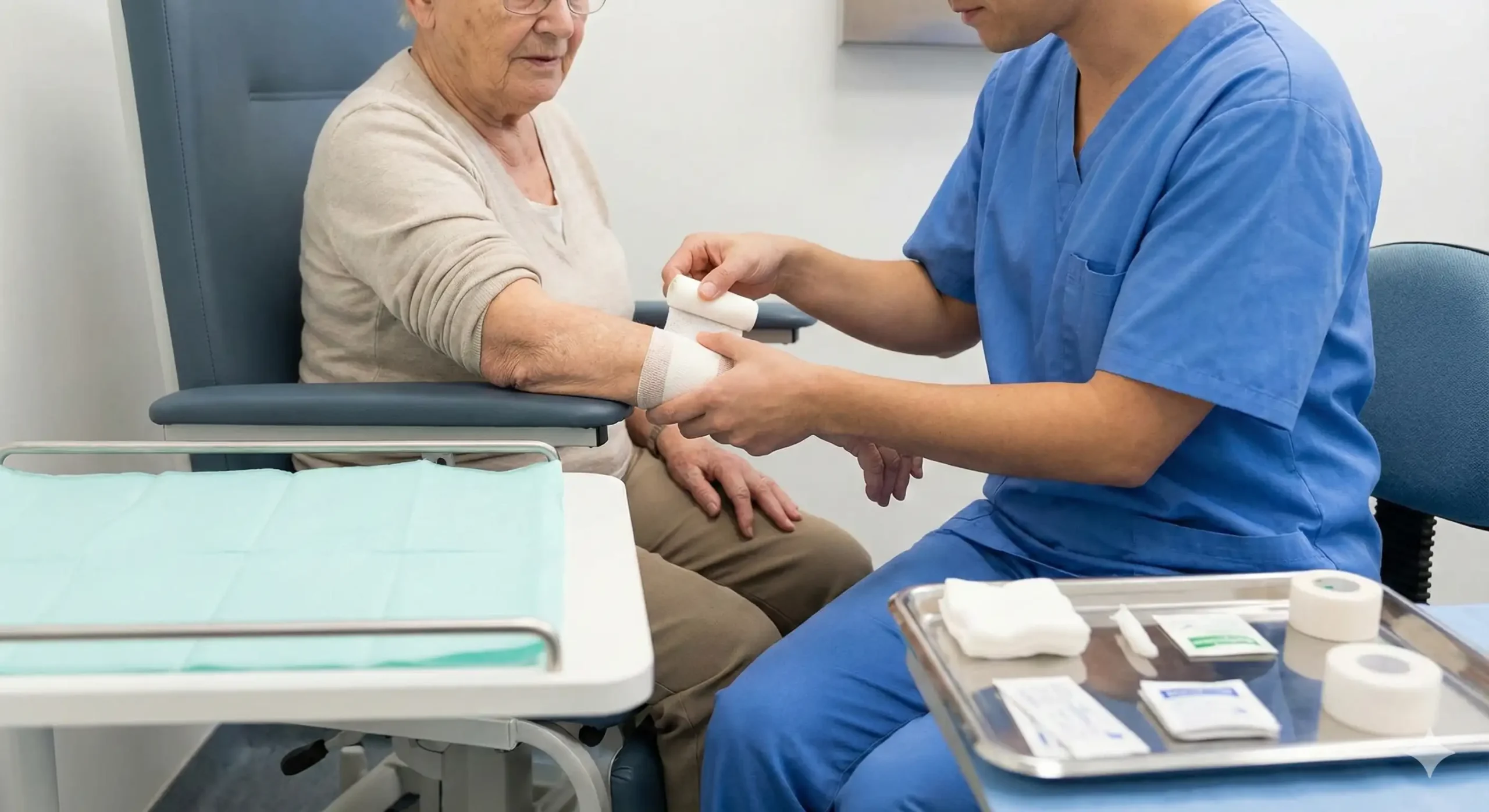

Cupping therapy, an ancient practice rooted in traditional Chinese medicine, has gained popularity for its potential health benefits. Also known as Ventosa Massage, this technique uses suction cups to promote relaxation, reduce pain, and improve circulation. Athletes and wellness enthusiasts embrace it as an effective alternative therapy.
Cupping therapy is a traditional treatment practiced for centuries. It involves placing cups on the skin to create suction, improving circulation, relieving muscle tension, and stimulating healing. Historically, it was a cornerstone of Chinese medicine and has since gained global recognition.
Cups can be made from glass, bamboo, silicone, or plastic. Modern methods use suction pumps for precision. In some cases, cupping is combined with Ventosa Massage, which enhances effects by integrating massage with suction for deeper relaxation.
Beyond the physical process, cupping therapy follows a holistic health approach. It’s believed to draw out toxins, reduce inflammation, and improve energy flow. Today, home Physiotherapy Dubai services offer cupping therapy, making it more accessible.
Cupping therapy is designed to promote overall wellness by addressing a variety of physical and mental health concerns. The suction created by the cups helps increase blood flow to targeted areas, which in turn can alleviate muscle tension, reduce pain, and enhance circulation. For many individuals, cupping provides relief from chronic conditions such as back pain, migraines, and even arthritis. Athletes often use cupping therapy as part of their recovery routine to reduce muscle soreness and improve performance.
This therapy is not limited to physical benefits. Many clients report a sense of relaxation and stress relief after a session. The increased circulation and release of tension help the body and mind unwind, making it an excellent option for managing everyday stress. Techniques like ventosa massage, which incorporates cupping with gentle movements, can further amplify these effects.
Providers like Lana Life Care have recognized the growing demand for this therapy, incorporating it into their comprehensive wellness programs. For individuals in the UAE, home Physiotherapy Dubai services now offer cupping therapy as a convenient and effective treatment option. Understanding what cupping therapy is and its capabilities empowers individuals to make informed decisions about their health.
Also Read: Techniques of chest physiotherapy
The scientific validation of cupping therapy has been a topic of ongoing research and debate. While there is limited robust evidence, several studies suggest that cupping therapy can provide measurable benefits, particularly for pain management and improving circulation. Conditions such as chronic back pain, neck stiffness, and migraines have shown positive responses to this therapy, making it a sought-after alternative treatment.
Critics often point out the lack of large-scale, randomized controlled trials. However, anecdotal evidence and smaller studies highlight its potential. Athletes, in particular, have been vocal about their reliance on cupping therapy, especially after intense physical activity. Techniques like ventosa massage, which incorporate suction with motion, further validate its practical applications in modern wellness routines.
Also Read: heel pressure ulcer treatment
The process of cupping therapy is a carefully managed procedure performed by trained professionals to ensure safety and effectiveness. Healthcare providers begin by assessing the patient’s condition and identifying the areas that need treatment. The skin is cleaned thoroughly to reduce the risk of infection, and the type of cupping to be performed—dry, wet, or fire cupping—is determined based on the patient’s needs.
In traditional methods, cups are heated using fire to create suction when placed on the skin. Modern techniques often involve using mechanical pumps to control the level of suction more precisely. The cups, usually made of materials like glass, silicone, or plastic, are left on the skin for about 10 to 20 minutes, depending on the therapeutic goal. Techniques such as ventosa massage combine the benefits of suction with soothing massage motions, enhancing the overall experience.
Understanding what is cupping also involves recognizing its versatility. Cupping can be applied to various parts of the body, including the back, shoulders, thighs, and even the face. These areas are carefully selected to maximize therapeutic benefits, improve blood flow, and support the body’s natural healing processes. For first-time patients, providers explain every step to ensure comfort and build trust in the treatment.
Also Read: passive physiotherapy
Cupping therapy comes in several variations, each tailored to specific health goals. Understanding the different types of cupping helps patients make informed choices about their treatment. One popular method is Ventosa Massage, which combines suction with massage techniques to enhance relaxation and muscle relief. The most common types include:
Healthcare providers like Lana Life Care incorporate these methods into their home physiotherapy Dubai services, ensuring patients receive personalized treatments. Each type of cupping has its unique applications and benefits, making it a versatile option for individuals with various health concerns.
Whether you’re looking to relieve chronic pain, detoxify your body, or simply unwind, cupping therapy offers a solution. However, it’s essential to understand the potential cupping therapy side effects and consult with trained professionals to choose the right type for your needs. This ensures a safe and effective experience tailored to your specific goals.
Also Read: post operative care
While cupping therapy is generally safe, it’s important to be aware of potential side effects. Common ones include mild skin discoloration, bruising, and sensitivity, which usually fade within days. The suction process may leave circular marks ranging from pink to dark purple.
In rare cases, improper techniques, especially in fire cupping, can cause burns or skin irritation. This is why seeking treatment from trained professionals, like those at Lana Life Care, offering home physiotherapy in Dubai, is crucial for safety and hygiene.
People with eczema, psoriasis, or sensitive skin may experience aggravated symptoms, redness, or discomfort. Despite these minor risks, most patients report positive results with minimal issues.
A major concern is infection risk in wet cupping (hijama) if not performed in a sterile environment. Safer alternatives like ventosa massage, combining dry cupping with massage, reduce risks while enhancing relaxation and therapeutic benefits.
Also Read: Pelvic floor physical therapy
Cupping therapy is a natural healing method that improves circulation, reduces inflammation, and relieves chronic pain. By drawing blood to the skin’s surface, it promotes tissue repair, eases muscle tension, and enhances the body’s healing process.
This therapy is also known for its relaxing effects. When combined with Ventosa Massage, it helps reduce stress, anxiety, and mental fatigue, making it an excellent choice for emotional balance. The gentle suction stimulates the nervous system, promoting deep relaxation.
Another key benefit is detoxification. Cupping therapy supports the lymphatic system in eliminating toxins, boosting energy levels, and strengthening immunity. This makes it a valuable part of holistic wellness.
Providers like Lana Life Care offer cupping as part of home physiotherapy Dubai services, allowing clients to experience its benefits at home. Whether used alone or with other treatments, cupping enhances overall well-being. Consulting a professional ensures the best results.
Also Read: shoulder pain physiotherapy treatment
Although cupping therapy is generally safe, patients should be aware of potential risks. Common side effects include bruising, mild discomfort, and temporary skin discoloration, which usually fade within days. However, improper application or poor hygiene can lead to serious complications.
One major risk is skin infection, especially with wet cupping (hijama) if sterilization isn’t maintained. Small incisions can introduce bacteria, making hygiene crucial. Clinics like Lana Life Care, offering home physiotherapy in Dubai, ensure strict safety standards to prevent such issues.
Certain individuals should avoid cupping, including those with bleeding disorders, low blood pressure, or thin skin, as they may experience excessive irritation or prolonged redness. Pregnant women, particularly in their first trimester, should consult a doctor before treatment.
Improper techniques can cause pain, scarring, or tissue damage. Safer alternatives like ventosa massage, which combines cupping with massage, offer similar benefits with fewer side effects when performed by trained professionals.
Also Read: orthopedic physiotherapy treatment
While cupping therapy offers numerous benefits, it’s not suitable for everyone. Certain individuals may be at a higher risk of complications and should avoid this treatment or seek advice from a healthcare professional before proceeding. Knowing who should steer clear of cupping therapy is crucial to ensure safety and effectiveness.
People with skin conditions such as eczema, psoriasis, or open wounds should not undergo cupping therapy, as the suction can worsen their symptoms or lead to infections. Similarly, individuals with sensitive or thin skin may experience discomfort or prolonged irritation, especially with more intense methods like fire cupping.
Pregnant women are generally advised to avoid cupping therapy, particularly during the first trimester. The pressure created by the suction could potentially affect blood flow in sensitive areas. Additionally, individuals with bleeding disorders or those taking anticoagulant medications should avoid cupping therapy, as the suction can increase the risk of bruising or uncontrolled bleeding.
Also Read: types of pediatric physiotherapy
Lana Life Care offers professional cupping therapy through its home physiotherapy Dubai services for those seeking the convenience of alternative therapies in the comfort of their homes. This approach has revolutionized access to wellness treatments, making it easier for individuals to incorporate therapies like cupping into their busy schedules without compromising on quality or safety.
With Lana Life Care, trained professionals bring all necessary equipment to your doorstep, ensuring hygienic and controlled therapy. As part of their home health care services, the process begins with assessing the client’s needs, allowing the practitioner to tailor the treatment for muscle pain, poor circulation, or stress relief. Whether a standalone session or part of a wellness plan, cupping therapy at home provides personalized care for optimal results.
Yes, cupping therapy is believed to aid in the removal of toxins from the body by improving circulation and stimulating the lymphatic system.
During a cupping therapy session, practitioners typically place the cups on areas where pain, tension, or poor circulation is most evident. Common sites include the back, shoulders, thighs, and even the abdomen, depending on the client’s needs. Healthcare providers like Lana Life Care customize the placement to ensure maximum benefits while minimizing cupping therapy side effects.
A typical cupping therapy session lasts between 10 to 30 minutes, depending on the type of therapy and the individual’s health goals. Techniques like ventosa massage may take longer as they combine suction with massage. Providers such as Lana Life Care ensure that sessions are tailored to meet your specific needs, whether for relaxation or targeted pain relief.
Cupping therapy should always be performed by trained professionals who understand the techniques and safety protocols involved. Licensed practitioners, including those from home Physiotherapy Dubai services, are equipped to deliver effective treatments while minimizing risks. Choosing a reputable provider like Lana Life Care ensures a safe and beneficial experience.
Most individuals do not find cupping therapy painful. The sensation of suction may feel unusual initially, but it is generally described as relaxing. Some people experience mild discomfort, particularly during wet cupping or if the suction is strong. Providers like Lana Life Care focus on client comfort, ensuring the experience is pleasant and beneficial.
After a cupping therapy session, you may notice circular marks or mild redness on the treated areas, which are common and fade within a few days. Some clients report feeling relaxed and energized, while others experience slight fatigue. It’s essential to stay hydrated and avoid intense activities immediately after a session.

